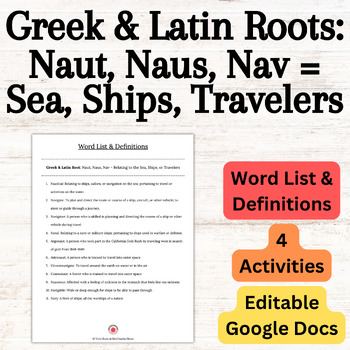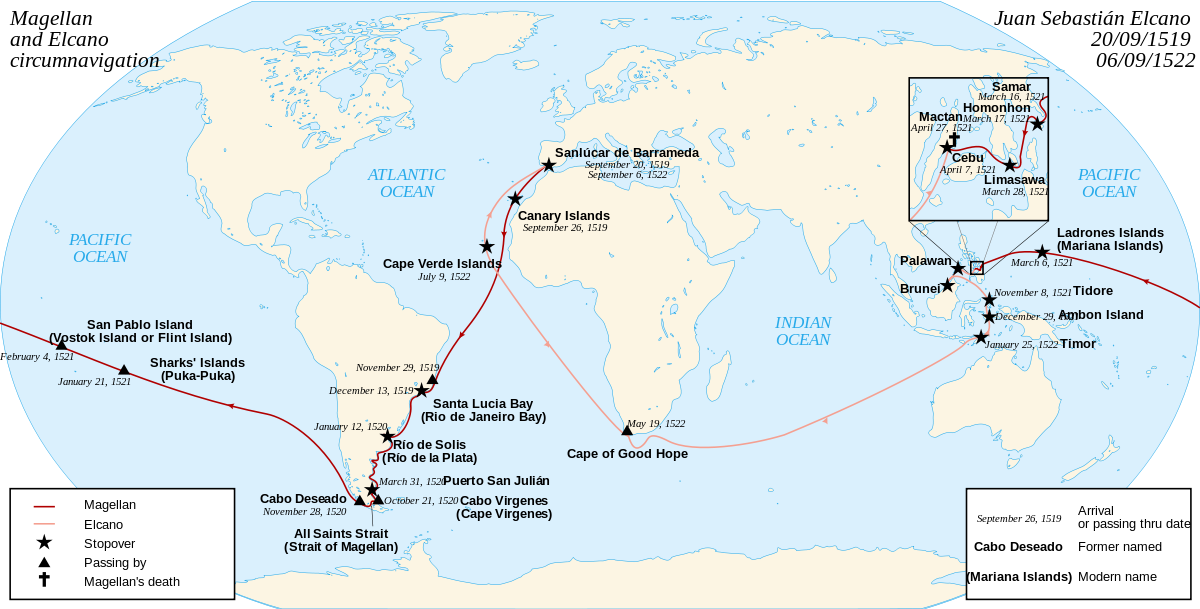Circumnavigate Meaning Explained

Introduction to Circumnavigate

The term circumnavigate refers to the act of traveling around something, typically a geographic location, such as a country, island, or continent, in a complete circle. This concept has been a crucial part of human exploration and navigation for centuries, with various cultures and civilizations employing different methods to circumnavigate the globe. In this blog post, we will delve into the meaning and significance of circumnavigating, its history, and the various techniques used to achieve this feat.
History of Circumnavigation

The history of circumnavigation dates back to ancient times, with the first recorded attempt being made by the Portuguese explorer Ferdinand Magellan in the early 16th century. Magellan’s expedition aimed to reach the Spice Islands of Indonesia by sailing west from Europe, but his journey was cut short when he was killed in the Philippines. However, his crew, led by Juan Sebastián Elcano, successfully completed the first circumnavigation of the globe in 1522. Since then, numerous explorers, sailors, and travelers have attempted to circumnavigate the world, each with their unique experiences and challenges.
Techniques of Circumnavigation

There are several techniques used to circumnavigate the globe, depending on the mode of transportation and the route taken. Some of the most common methods include: * Sailing: This is one of the most traditional methods of circumnavigation, where sailors use the wind and currents to navigate around the world. * Flying: With the advent of air travel, circumnavigating the globe has become faster and more accessible. Pilots can fly around the world in a matter of days, depending on the route and the type of aircraft used. * Driving: Some adventurers prefer to drive around the world, using roads and highways to navigate through different countries and continents. * Cycling: For the more adventurous, cycling around the world is a challenging and rewarding experience, requiring careful planning and physical endurance.
Challenges of Circumnavigation

Circumnavigating the globe is not without its challenges. Travelers must contend with: * Weather conditions: Harsh weather, such as storms, hurricanes, and typhoons, can pose significant risks to safety. * Visa requirements: Travelers must obtain the necessary visas and permits to enter different countries and territories. * Cultural differences: Circumnavigators must be sensitive to cultural differences and adapt to local customs and traditions. * Physical demands: Traveling around the world can be physically demanding, requiring endurance, stamina, and mental toughness.
🌟 Note: It is essential to research and prepare thoroughly before embarking on a circumnavigation journey, taking into account the challenges and risks involved.
Benefits of Circumnavigation

Despite the challenges, circumnavigating the globe can be a rewarding and life-changing experience, offering numerous benefits, including: * Cultural enrichment: Travelers can experience different cultures, traditions, and ways of life, broadening their perspectives and understanding of the world. * Personal growth: Circumnavigating the globe can be a transformative experience, helping individuals develop new skills, build confidence, and gain a sense of accomplishment. * Networking opportunities: Travelers can meet new people, make friends, and establish connections with like-minded individuals from around the world. * Environmental awareness: Circumnavigators can gain a deeper appreciation for the natural world, observing the impact of human activity on the environment and developing a sense of responsibility to protect the planet.
Notable Circumnavigators

Throughout history, several notable individuals have successfully circumnavigated the globe, including: * Joshua Slocum: The first person to sail solo around the world, completing his journey in 1898. * Thor Heyerdahl: A Norwegian explorer who sailed a raft across the Pacific Ocean in 1947, demonstrating the possibility of ancient cultures migrating across the seas. * Jacques Cousteau: A French oceanographer who circumnavigated the globe several times, documenting his experiences and promoting marine conservation.
| Name | Year | Mode of Transportation |
|---|---|---|
| Ferdinand Magellan | 1522 | Sailing |
| Joshua Slocum | 1898 | Sailing (solo) |
| Thor Heyerdahl | 1947 | Rafting |

In summary, circumnavigating the globe is a complex and challenging experience that requires careful planning, preparation, and physical endurance. However, the benefits of circumnavigation, including cultural enrichment, personal growth, and environmental awareness, make it a rewarding and life-changing experience for those who undertake it.
What is the fastest way to circumnavigate the globe?

+
The fastest way to circumnavigate the globe is by flying, which can take around 40-50 hours, depending on the route and the type of aircraft used.
What are the most common challenges faced by circumnavigators?

+
The most common challenges faced by circumnavigators include weather conditions, visa requirements, cultural differences, and physical demands.
Who was the first person to sail solo around the world?

+
Joshua Slocum was the first person to sail solo around the world, completing his journey in 1898.



